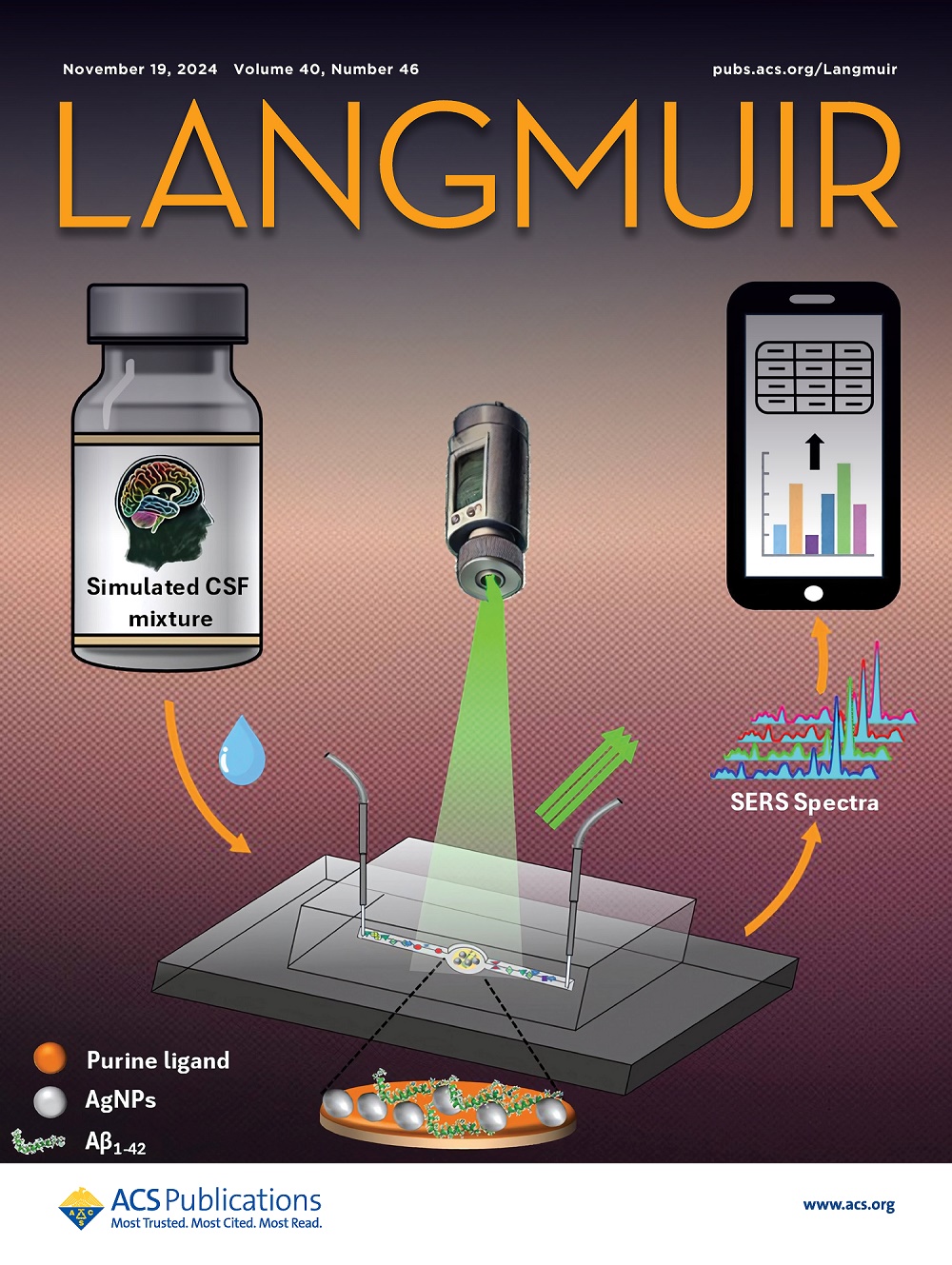Robust and Eco-Friendly Waterborne Phase-Change Composite Protective Coatings Containing Paraffin-Loaded SiO2/Fe3O4 Hybrid Wall Microcapsules and Their Application in Long-Term Effective Temperature Regulation of the Protected Substrate
IF 3.7
2区 化学
Q2 CHEMISTRY, MULTIDISCIPLINARY
引用次数: 0
Abstract
SiO2/Fe3O4 hybrid wall microcapsules containing a paraffin core were successfully fabricated by Pickering emulsion template self-assembly and sol–gel technologies. The walls of these microcapsules were embedded with different dosages of Fe3O4 nanoparticles due to the effect of Fe3O4 Pickering emulsion of different concentrations. The resultant microcapsules exhibited a regular spherical morphology and a rough outer surface compared with that of the SiO2 wall. Thermal analysis indicated that the encapsulation efficiency (Een), thermal energy-storage efficiency (Ees), and thermal conductivity of paraffin@SiO2/Fe3O4 hybrid wall microcapsules prepared with 0.01 mol/L Fe3O4 Pickering emulsion [Pa@SiO2/Fe3O4-Ms (0.01)] increased by 16.71%, 16.88%, and 28.4% compared with those of paraffin@SiO2 microcapsules (Pa@SiO2-Ms), respectively. The phase-change temperatures and enthalpy of Pa@SiO2/Fe3O4-Ms (0.01) with an 80–100 μm particle size range changed little after 300 thermal cycles. At the same time, these microcapsules were introduced into water-based acrylic resin paint to prepare phase-change composite protective coatings (PCCPCs) and exhibited excellent thermoregulatory performance. The real-time temperature difference and temperature ramp rate of PCCPCs incorporating 5 wt % (80–100 μm) Pa@SiO2/Fe3O4-Ms (0.01) increased by 4.6 °C and decreased by 2.45 °C/min compared to that of the pure coating, respectively. Meanwhile, the fluctuation amplitude and fluctuation frequency of the average temperature on the back side of 5 wt % (80–100 μm) Pa@SiO2/Fe3O4-Ms (0.01)-PCCPCs decreased by 3.8 °C and extended by 395 s compared to that of the pure coating under one heating and cooling cycle, respectively. This study will provide great potential applications for addressing the risk of shrinkage deformation and cracking of the protected concrete substrates under high-frequency and large temperature difference conditions.

求助全文
约1分钟内获得全文
求助全文
来源期刊

Langmuir
化学-材料科学:综合
CiteScore
6.50
自引率
10.30%
发文量
1464
审稿时长
2.1 months
期刊介绍:
Langmuir is an interdisciplinary journal publishing articles in the following subject categories:
Colloids: surfactants and self-assembly, dispersions, emulsions, foams
Interfaces: adsorption, reactions, films, forces
Biological Interfaces: biocolloids, biomolecular and biomimetic materials
Materials: nano- and mesostructured materials, polymers, gels, liquid crystals
Electrochemistry: interfacial charge transfer, charge transport, electrocatalysis, electrokinetic phenomena, bioelectrochemistry
Devices and Applications: sensors, fluidics, patterning, catalysis, photonic crystals
However, when high-impact, original work is submitted that does not fit within the above categories, decisions to accept or decline such papers will be based on one criteria: What Would Irving Do?
Langmuir ranks #2 in citations out of 136 journals in the category of Physical Chemistry with 113,157 total citations. The journal received an Impact Factor of 4.384*.
This journal is also indexed in the categories of Materials Science (ranked #1) and Multidisciplinary Chemistry (ranked #5).
 求助内容:
求助内容: 应助结果提醒方式:
应助结果提醒方式:


